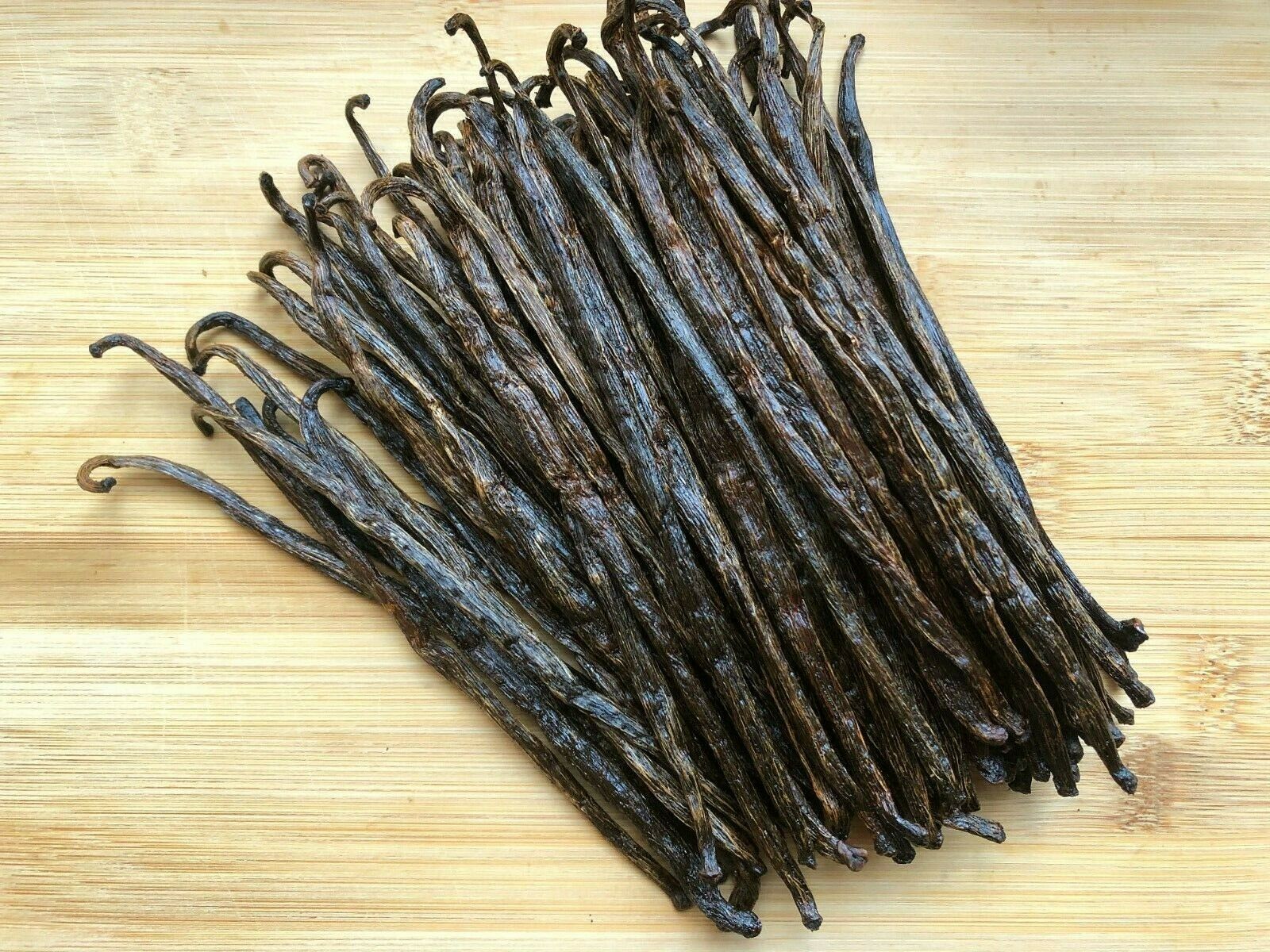-40%
Chelidonium Majus - Greater celandine - 100 Seeds
$ 0.72
- Description
- Size Guide
Description
Chelidonium majus( 100 Seeds )
Botanical Nomenclature: chelidonium majus
Common name: swallow weed, celandine, wart weed, callus weed, greater chelidonia
Family: Papaveraceae
Origin: europe, africa and asia
Height: 100 - 120cm
Brightness: Full Sun, Partial Shading, Shade
Chelidonium majus is a perennial plant that originates in Europe, northern Africa and western Asia and usually grows in humid places, among rubble, cliffs and walls.
The plant has a reddish brown conical root that supports a branched stem with alternate, cut leaves and ends in an umbrella of yellow flowers.
Celandine is a medicinal plant that has a long history of use in European countries and Chinese herbal medicine for the treatment of various diseases. Both the root, leaves and latex of the plant possess medicinal properties.
In Greece, the herb is especially used to treat skin, gall and liver problems; in china, as a muscle relaxant, in the treatment of cataracts and as an anti-spasmodic.
Several ongoing studies are being conducted with chelidonia-based drugs in the treatment of malignant tumors (chelidonin is a mitotic poison, influencing, like colchicine, in cell division).
Its common name is wart weed, as it is popularly used to cure these skin problems, including herpes.
The extract of celandine is composed of alkaloids and flavonoids and has strong antioxidant potential, in greater concentration in the roots of the plant.
It is only used in alternative medicine when prescribed and accompanied by a qualified herbalist or specialist doctor.
Curiosities:
The plant was used in the middle ages to combat bubonic plague.
Celandine blooms in spring when swallows appear in the northern hemisphere and withers when swallows fly south for warmth during winter; thus giving it its common name swallow weed.
Important:
We have tried to limit our information on plants with medical and health indications, as we believe such information needs a much more targeted and broad study. Many of our species are offered on the premise that they can assist in research and, under certain conditions of use, with guidance based on clear knowledge. We are not able to recommend the use of any plant for medicinal use, it should be done with the guidance and knowledge of a professional in this area.













